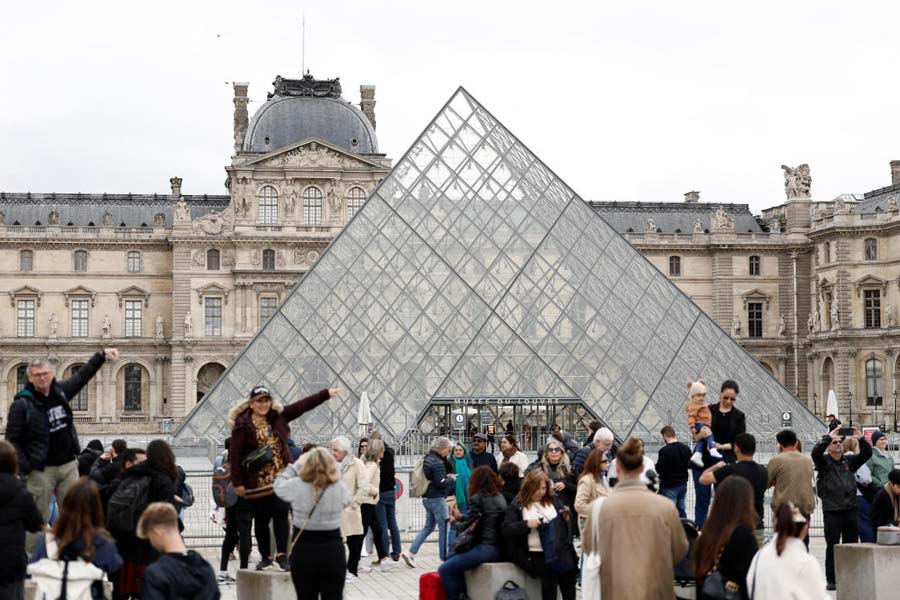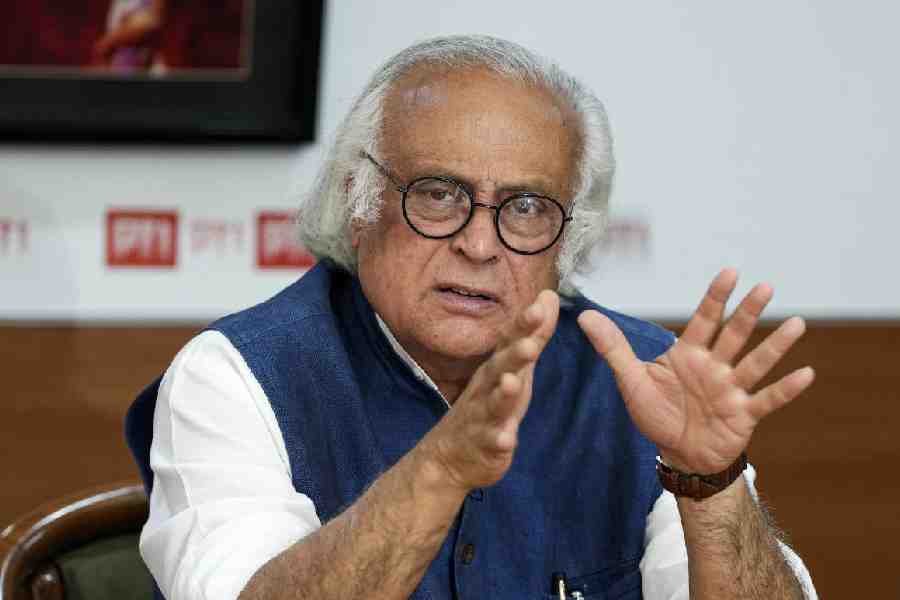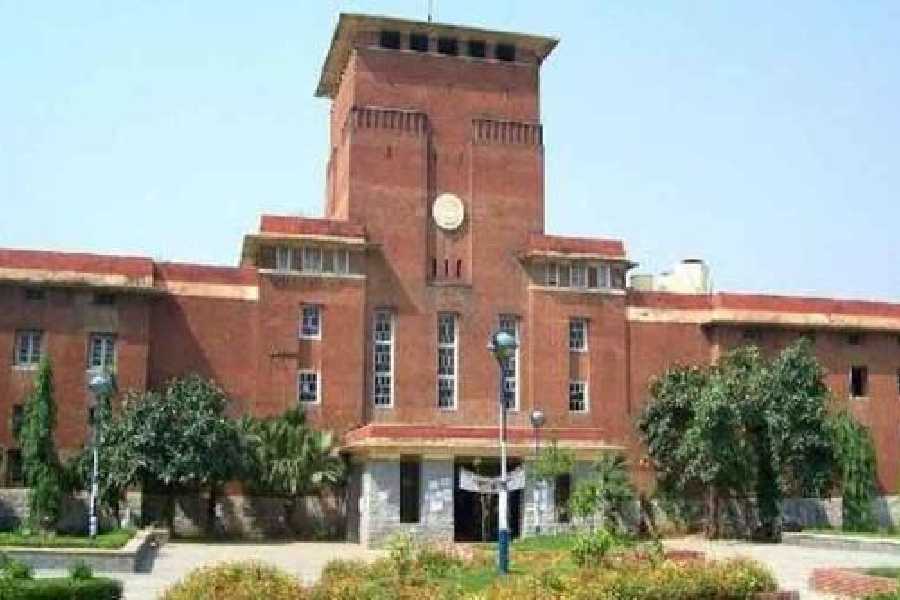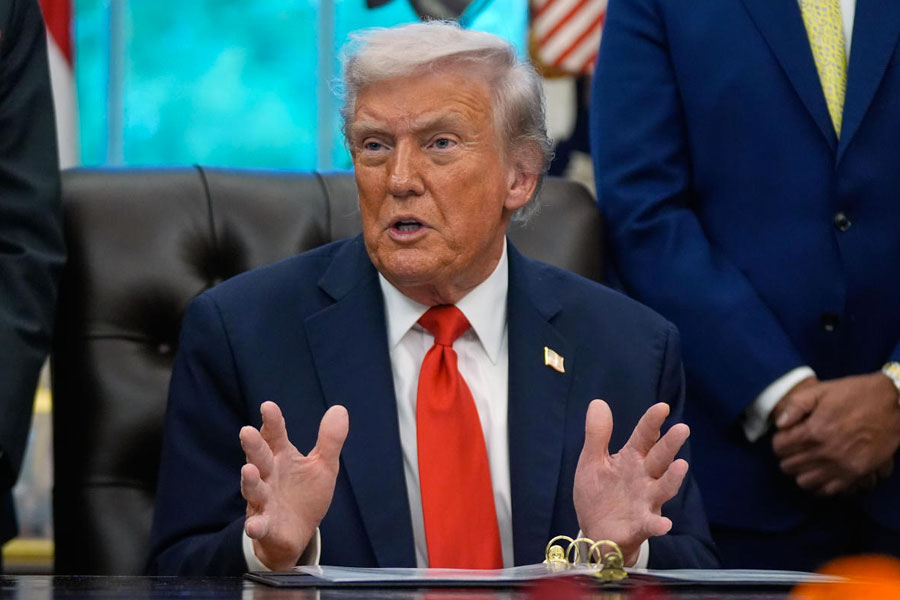Sir — It is unfortunate that at a time when coronavirus infections in India are rising, monuments protected by the Archaeological Survey of India have been reopened to the public after a shutdown of over 100 days. Although a number of strict measures have been put in place — all visitors will have to register their phone numbers at the entrance of the monument for contact tracing — is it not too early to reopen? There is a cap on the number of people who will be allowed to visit these monuments, but even those numbers will make it very difficult to effectively trace every visitor in case of an outbreak. The Central government must continue to encourage people to stay at home and restrict travel unless absolutely necessary if it wants to arrest the rate of infection.
Aparajita Nandy,
New Delhi
Untold stories
Sir — The article by Ramachandra Guha, “A road less travelled” (July 4), provided a fascinating insight into the travels of Madeleine Slade or Mira Behn, the dedicated follower of M.K. Gandhi, to Balakot before the region succumbed to communal tensions. Guha, like Mira, seems to long for an India where there is “mutual aid and consideration” between the Hindu and Muslim communities. The article provides a much-needed insight into the tranquillity of pre-Partition Balakot which was, as witnessed by Mira, a centre of harmony and brotherhood. He insists that people must refrain from repeating past mistakes that have turned a blissful place like Balakot into a symbol of violence and hatred.
At the end of the article, Guha reflects on a very serious question; will the leaders of our country prevent a further assault on the inclusive fabric of the nation? It must be remembered that it is not the common people but political leaders who want the country to be divided along religious lines for electoral gains. No political party in India has worked enough to nurture the ties of love and brotherhood between Hindus and Muslims which received a significant blow during Partition. The situation in the country is getting worse by the day. It is imperative that our leaders prevent a further disintegration of the ties that bind the two communities.
Yousuf Iqbal,
Calcutta
Sir — The article by Ramachandra Guha, presenting a pictorial description of Balakot in the erstwhile North West Frontier Province through the words of Mira Behn, was illuminating. While bearing witness to the Hindu-Muslim harmony in Balakot, Mira Behn had prayed that no ‘leader’ should disturb the peace and unity of the region. Similarly, Guha, too, wonders if present-day political leaders would allow cooperation and mutual aid to flourish between the two communities.
However, it must be pointed out that blaming political leaders as the sole culprits behind communal polarization, intolerance and disharmony only presents a partial view. No leader can poison a secular mind unless the people themselves allow it. It is time we acknowledge the hatred festering in the minds of ordinary citizens, which is exploited by politicians looking to reap electoral dividends. It is the common people who must try to free themselves from hatred and look for ways to build a harmonious society.
Kajal Chatterjee,
Calcutta
Great loss
Sir — The sudden demise of the legendary choreographer, Saroj Khan, has left Bollywood devastated. The veteran artist died of cardiac arrest in Mumbai last week. Khan, who was the recipient of eight Filmfare and three National Awards, was one of the most prolific dance masters of the industry. She had choreographed for actresses like Sridevi, Madhuri Dixit and Kangana Ranaut, shaping their careers significantly. Khan was a pioneer in a field that continues to be largely dominated by men.
Dance numbers have always been central to Indian cinema. There have been several instances of songs gaining popularity while the film itself performs poorly at the box office. Even today, a well-composed and choreographed song in a film can significantly boost the career of the actor performing in it. Choreographers like Khan understood this inclination of the Indian audience and created unforgettable dance sequences. Her contributions to the industry will always be remembered.
Khokan Das,
Calcutta
Sir — The deaths of Irrfan Khan, Rishi Kapoor, Sushant Singh Rajput and, now, Saroj Khan are great blows to the Hindi film industry. All of them leave behind memorable bodies of work that will continue to set standards for Indian cinema.
Khan, who had a career spanning over four decades, was an iconic choreographer and teacher who made dancing look easy. Credited for over 2,000 dance numbers, Khan created signature moves for Madhuri Dixit in Tezaab, Aishwarya Rai Bachchan in Taal and Sridevi in Mr India. Khan also mentored a slew of aspiring choreographers who became successful in their own right. Her demise is an immeasurable loss to the film industry.
Jubel D’Cruz,
Mumbai
Sir — The Hindi film industry has seen far too many deaths within a short span of time. Saroj Khan, who brought immense joy to the masses with her masterful choreography, will be sorely missed.
Riya Datta,
Calcutta











